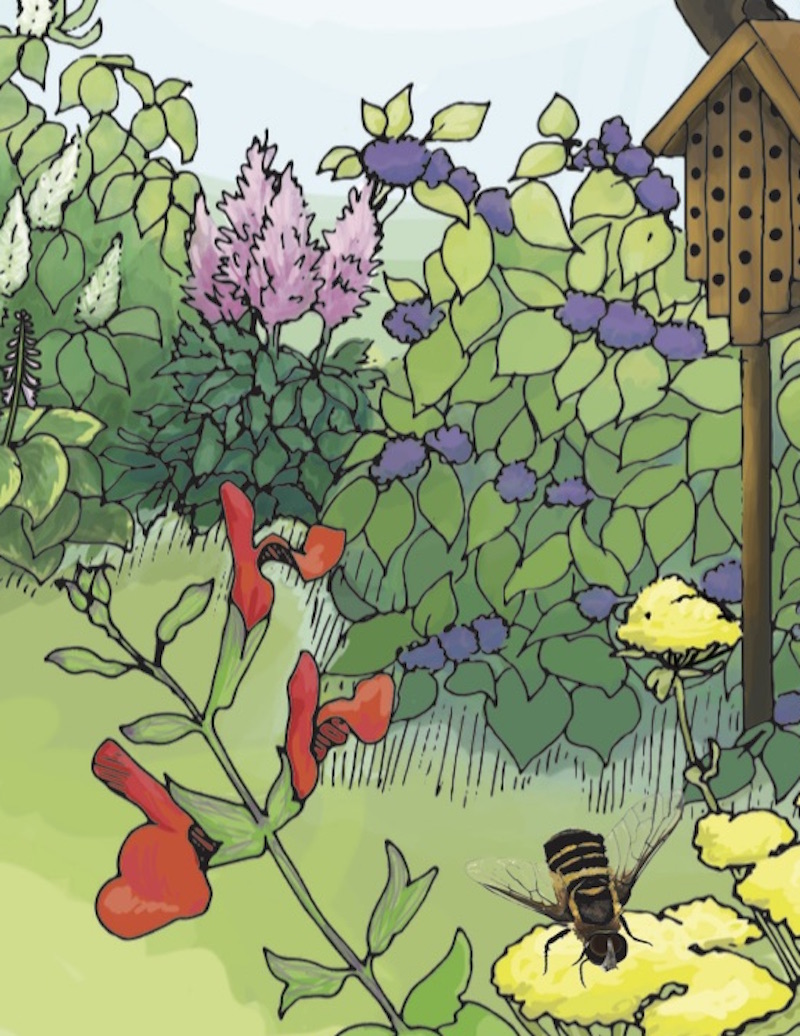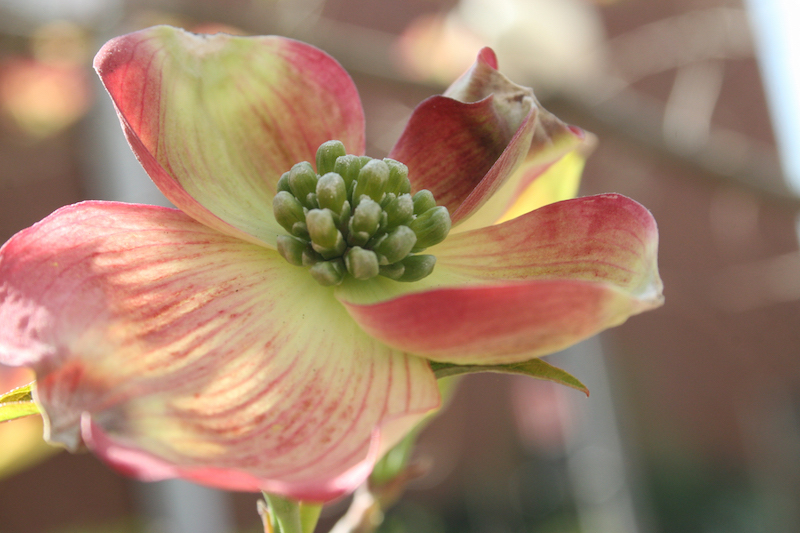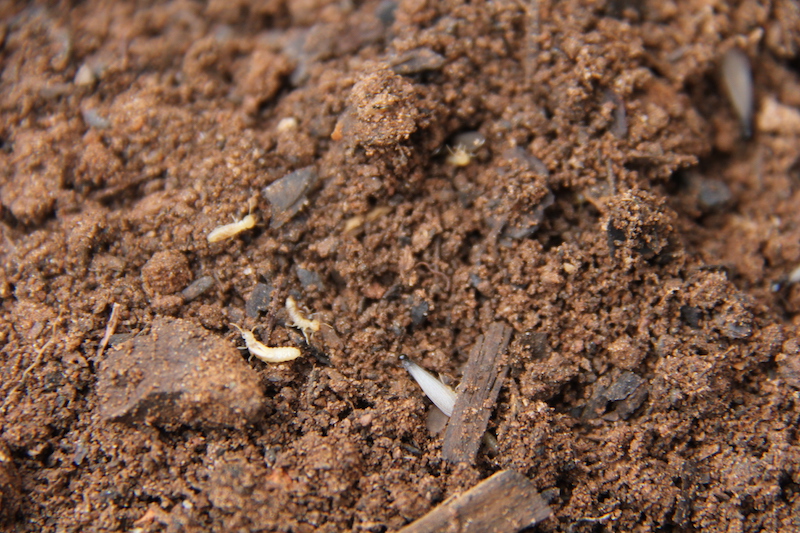 CAES News
CAES News
Pest Control Training
The University of Georgia Griffin Campus is hosting two intensive commercial Integrated Pest Management (IPM) training programs this spring, including a 1.5-day workshop on termite control and a 10-week Urban Pest Management Program course that will run from April to June.

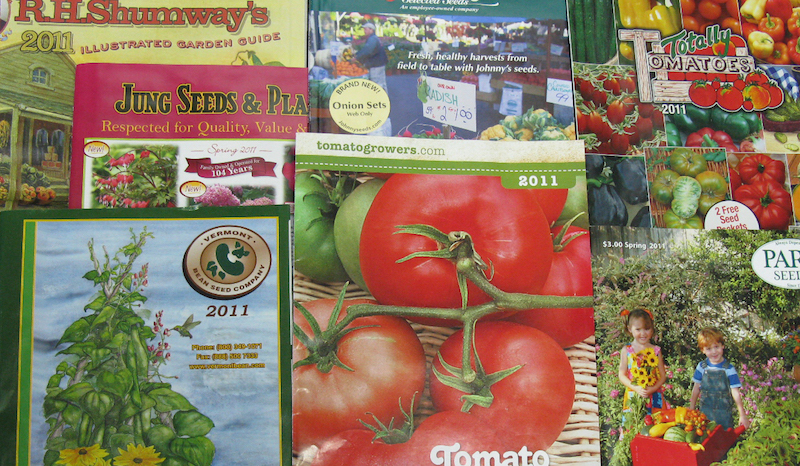
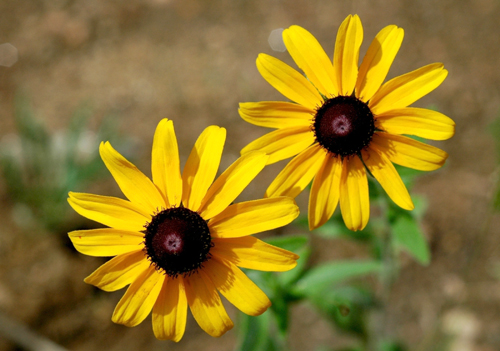
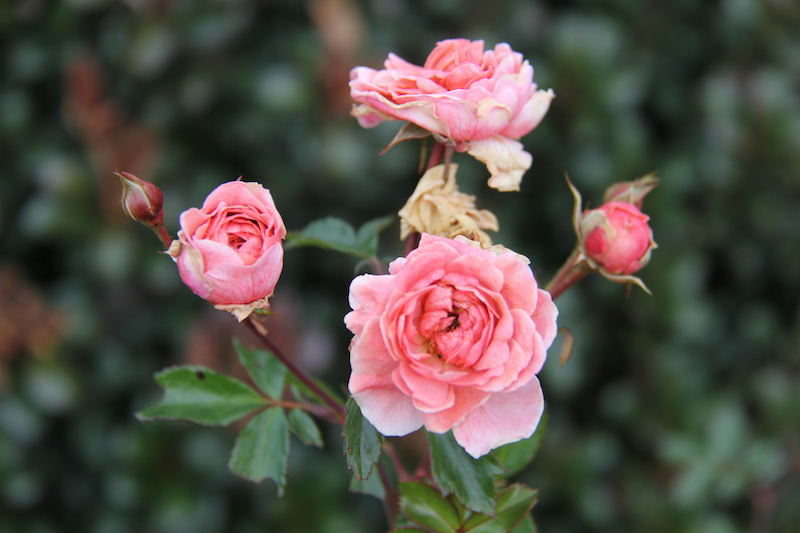
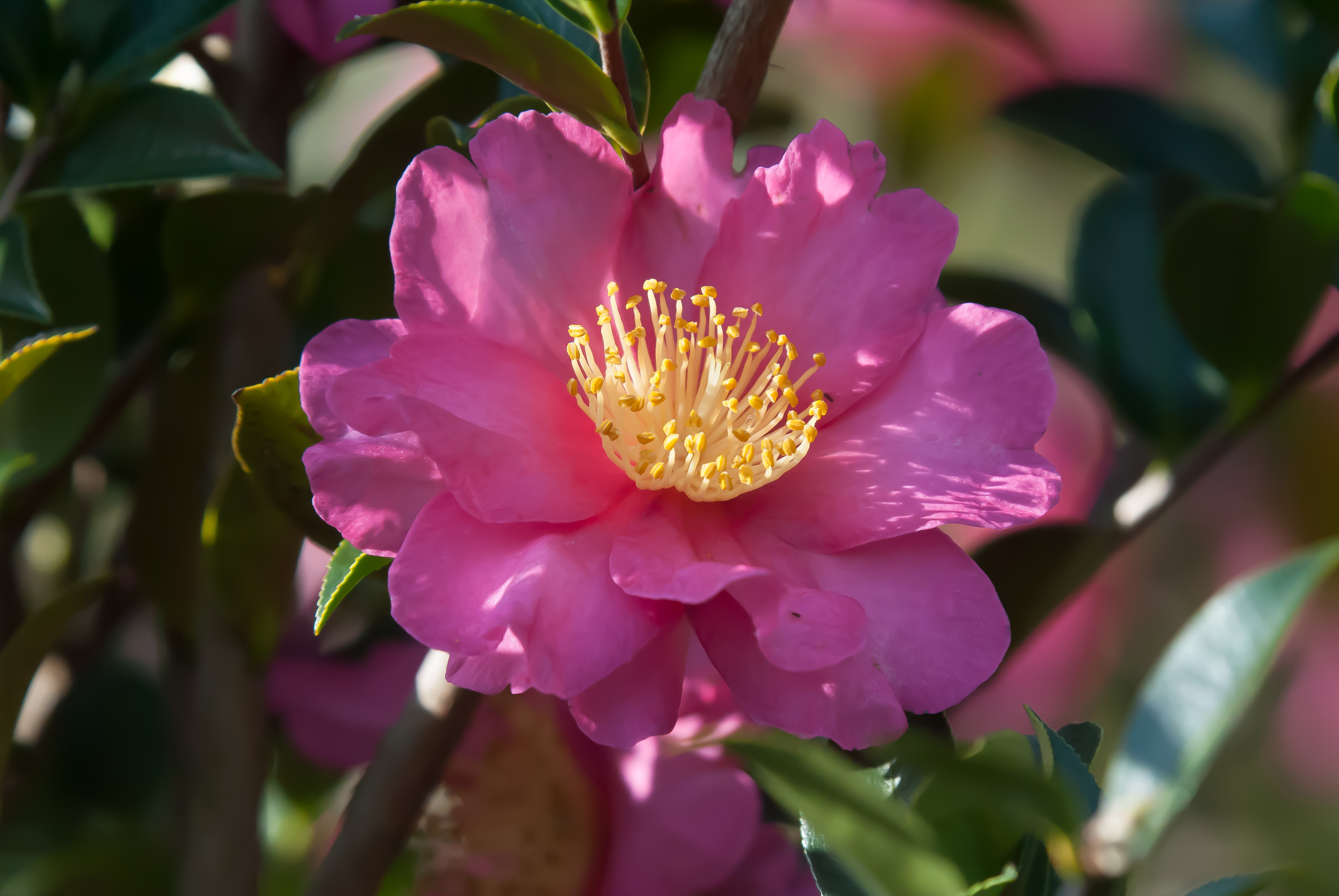
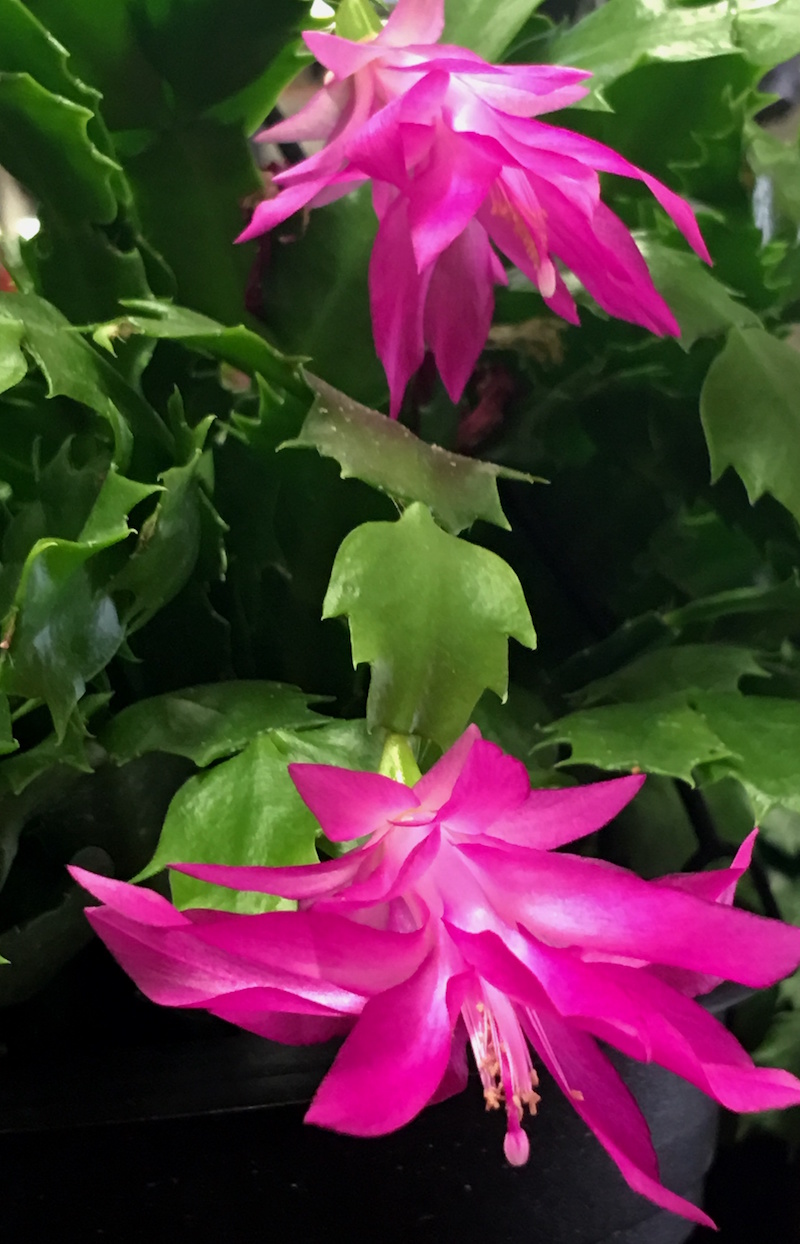
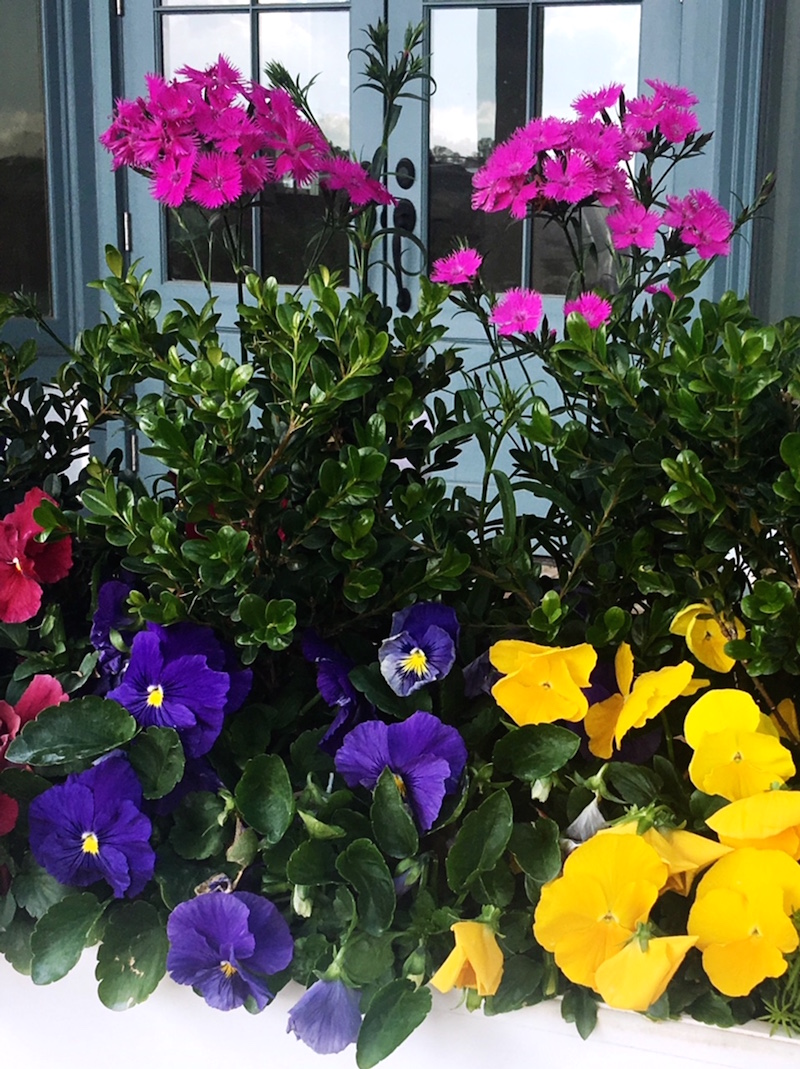
-78201.jpg)
